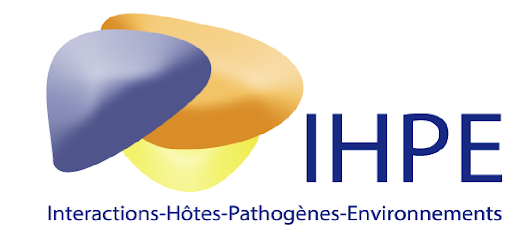Enhanced efficiency of RNA-guided CASI2a versus CAS9 transgene knock-in and activity at a Schistosoma mansoni genome safe harbor
Résumé
Recently, we reported programmed Cas9 mediated insertion of a reporter gene into a gene safe harbor site, GSH1, of Schistosoma mansoni via homology-directed repair (HDR) using overlapping guide RNAs. Here, we report efficient and precise CRISPR/Cas12a-mediated homology directed insertion (knockin, KI) of a 5’ C6-PEG10-modified double-stranded transgene bearing microhomology arms, 50 nt in length, at GSH1. At the outset, we undertook bioinformatic and computational analysis following by experimental verification of the regulatory activity of endogenous schistosome ubiquitin (SmUbi) promoter and terminator, to drive strong reporter gene expression. Green fluorescent protein activity driven by SmUbi followed electroporation-mediated transfection of schistosome eggs. HDR induced by RNA-guided CRISPR/Cas12a, which releases overhanging DNA strands of 18-24, delivered more efficient KI than CRISPR/Cas9. In this non-model pathogen, programmed KI facilitated precise chromosomal integration of the reporter-gene with at GSH1. The approach advances schistosome transgenesis field and may also advance functional genomics and transfection methods in related parasitic and non-parasitic helminths, which hitherto lack these tools. Author summary Genome editing (CRISPR) technology is revolutionizing advances in biology, medicine, and agriculture. Transgenesis approaches are integral in diverse applications including gene therapy, biotherapeutics, deciphering host-pathogen interactions, and enhancements in agricultural production. Parasitic worms that are responsible for infectious diseases including neglected tropical diseases (NTDs), which cause substantial morbidity and mortality. NTDs mainly occur in the Global South, and they are responsible for a disease burden that exceeds that caused by malaria and tuberculosis. Infections with parasitic helminths also are responsible for immense economic burden in the agriculture. Tools for functional genomics in parasitic helminths are limited. Access to CRISPR-based approaches can be expected to hasten development of drug and/or vaccine targets for these diseases. Here, we focused on the helminth Schistosoma mansoni , a water borne parasite of humans, and which is endemic in Africa, and northeastern South America. To advance the state of the art in laboratory techniques currently used to study the biology and pathogenesis of this and related pathogens, we evaluated a spectrum of technological approaches aimed at improved current lab practice in this field. The findings demonstrated that specific technical and chemical modifications, including deploying a DNA cutting enzyme termed Cas12a along with a transgene with chemically modified short flanking sequences (homology arms) provided improved gene editing efficiency for this schistosome.
Domaines
Sciences de l'environnement| Origine | Fichiers produits par l'(les) auteur(s) |
|---|
